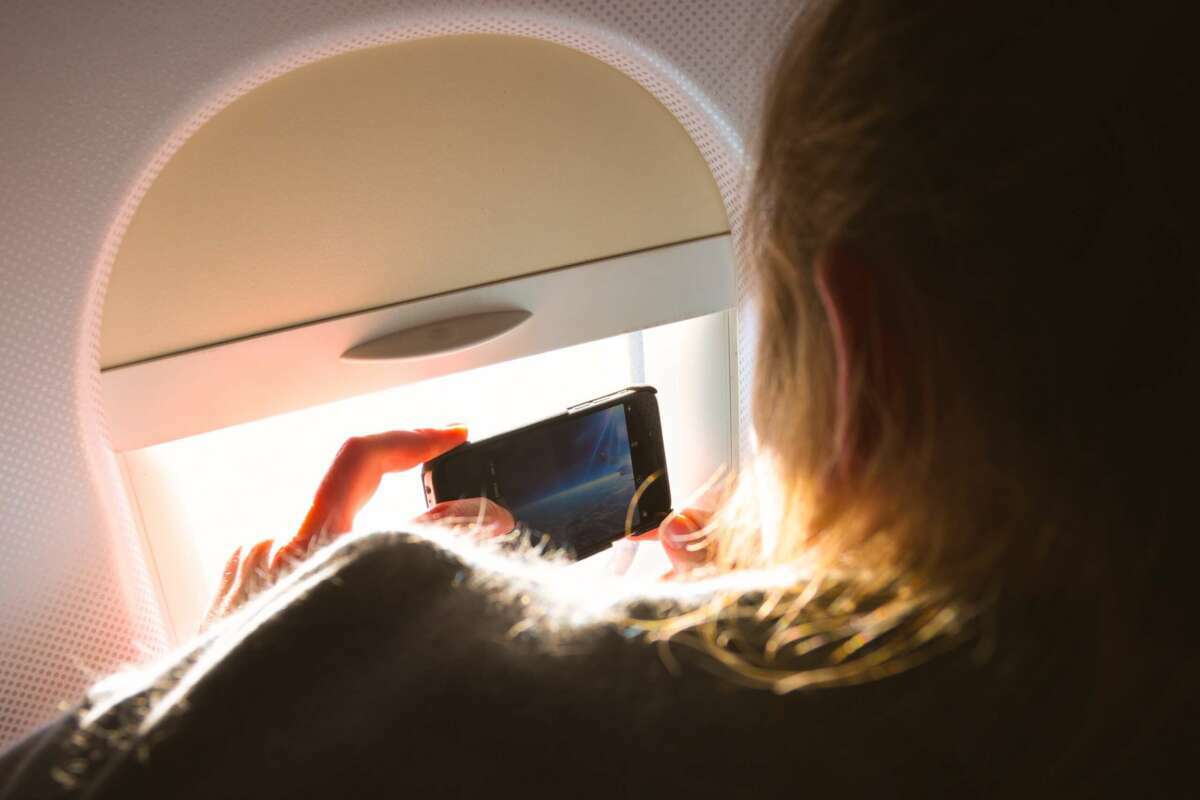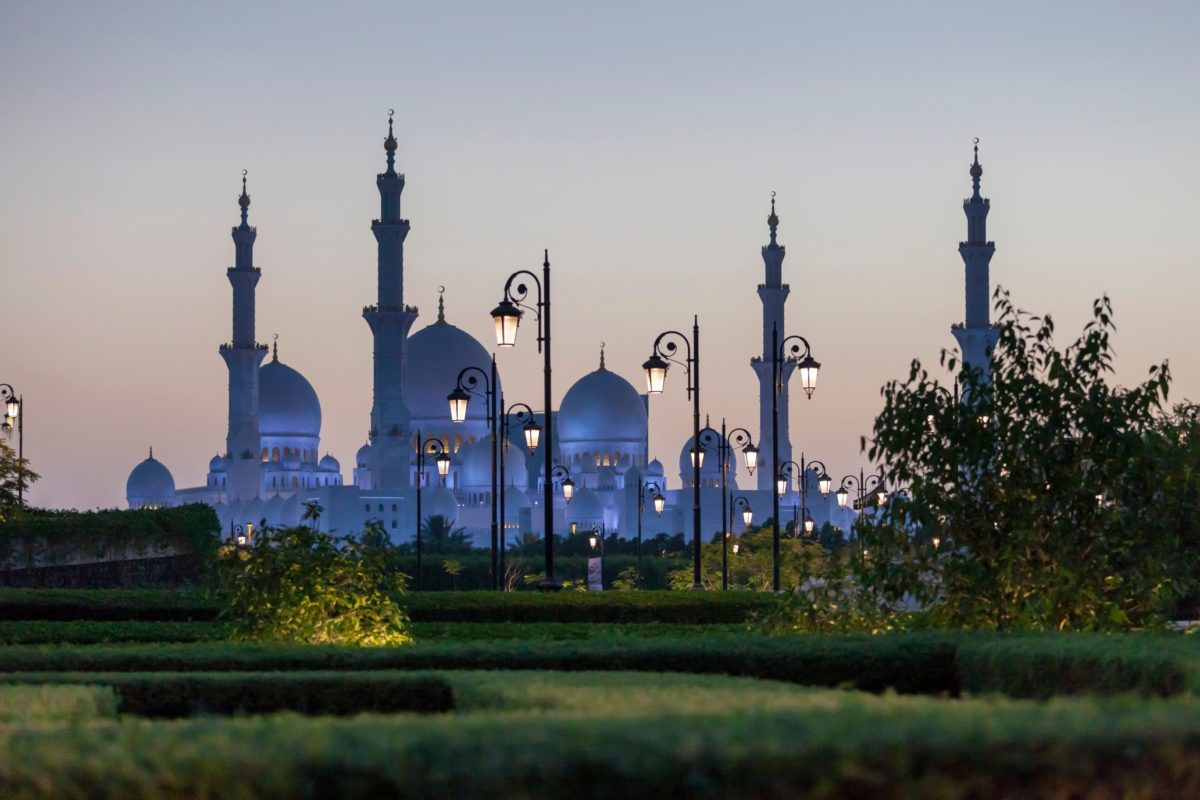White Turf in St. Moritz, Switzerland is all about ice. The Luminarias festival in Spain is all about fire. Both involve horses and their riders performing arduous and incredible feats. What’s all of this extreme equine activity about?
The annual festival of Luminarias in Spain, which is celebrated in the Castilian region of Madrid and on the island of Majorca, commemorates the patron saint of domestic animals, St. Anthony the Abbott. On the eve of St. Anthony’s Day, hundreds of people ride their horses through the streets. After which they jump over raging bonfires on horseback. Yes, you heard that right. The tradition is said to date back five centuries to the plague years, when fire was used as a purification ritual. The idea is that the smoke purifies the animals, and protects them during the year to come.
This year the event was held on January 16th, and the photos of the horses and riders that were published globally the next morning are dramatic – and frankly terrifying. Hellish would not be too strong a description. Animal rights activists strongly oppose the practice, but defenders insist that the horses are not “forced” to jump, and that none were harmed during this year’s observations. The events still draw huge crowds of people, some of whom view this as a religious rite that should be allowed to continue. We think this might be taking the metaphor of “trial by fire” a bit too literally; interestingly, some Spaniards say that in ancient times the bonfires were much smaller, and the animals were led around – not through or over – them. So there seems to be room for compromise if the human participants are interested.
Seriously, unless you’re one badass horse, would you really want to start every year this way? Especially if you’re doing a Dry January and can’t even do shots beforehand? Count us out.
Meanwhile, in Switzerland, a completely different kind of equine festival will soon begin. In the Engadine Valley beneath the Swiss Alps, the annual White Turf festival – featuring horseracing on snow and ice – is held on Lake St. Moritz every winter over the course of three Sundays. This year, races will be held on February 12, 19, and 26. Our Swiss Bureau Chief gave us the inside story on what the event involves, and how best to participate in it if you choose to go.
The annual gathering has been marketed under the name “White Turf” since the beginning of the 1990s, but its roots stretch back much further, nearly to the turn of the 20th century. In recent years, 35,000 people have attended annually, many to see the most popular event: skijoring, where horses race around an icy track while their riders, on skis, are harnessed behind them.
Never heard of it? Apparently, skijoring with horses dates back to 1906, and is done only in St. Moritz at White Turf (it’s done with sled dogs in many other places). That certainly qualifies this as a luxury sporting event. And it’s definitely not for the faint of heart. The horses are rider-less, and they can reach speeds of over 30 miles per hour during the races. “We have not got that much control,” said six-time skijoring champion Franco Moro in an interview with CNN. “Around 20% is the driver’s responsibility and 80% is the horse.” You can see how this might end badly if you pick the wrong horse.
The riders definitely sport a different look than what you’ll see at a Triple Crown race. The horses kick up a cloud of snow and ice pellets, requiring the jockeys to wear masks similar to the ones used by motocross riders in muddy conditions. They wear colored skis, so the horses can see them in the snow. Before the race, you’ll see jockeys hanging out in large fleecy slippers worn over their riding boots. The “King of Engadine” trophy goes to the skijoring competitor who scores the most points over the three weekends.
Unlike the Luminarias festival, the welfare of the horses doesn’t seem to be an issue at White Turf. They’re brought in for the races from all over the world, and each year the press asks veterinarians about the horses’ treatment and the effects of the races on the animals. The vets uniformly say that the altitude and activity are not a problem; in addition, there are precautions taken to keep both horse and rider safe. For example, before racing the horses undergo a change of shoes, replacing their regular ones with a set containing winter grips and a layer of silicone to prevent the snow from sticking, and to minimize the odds of slipping on the ice.
Other White Turf events include flat racing and winter-style trotting; attendees can bet on all of these races. The biggest purse is the Grand Prix race, with its $115,000 prize – it’s held on the third Sunday of the competition.
Staging this festival is a non-trivial procedure. Each year the organizers have to wait for a solid layer of ice to form – at a minimum, about a foot thick and preferably two feet thick – before the event can be held safely. Once the ice layer is sufficient, workers deposit snow on top of it to help the horses maintain a grip as they run. Mobile starting gates are rolled onto the lake, along with grandstands and a row of tents containing jockey changing and weighing rooms. Last year, the first weekend of the event had to be cancelled because there was insufficient snow to create a safe layer over the ice.
This is a gathering of the uber-rich, and the people- and fashion-watching are world-class. Observing the passing parade of aristocrats is a major part of the fun, as most women bring out their fur coats and boots – and their best jewelry – and circulate around the lake sipping champagne. There are also public art installations around the lake, numerous gallery shows in town, a casino, ample luxury shopping opportunities, and a bobsled run. A few years ago, the car park was a major attraction, with luxury cars lined up along the perimeter of the lake; sadly parking on the lake is no longer allowed.
Never fear, there’s still plenty of fun to be had. Two years ago, a new event debuted on the Friday of the last race, call “Night Turf.” It features a live concert, a light show, and horseraces, followed by a party that lasts late into the night. This year it will be held on Friday, February 24th, and admission is free for the events held on the lake. If you want to attend the VIP Party, though, which starts at 9:00P and ends at 3:00A, it will cost you $550 per person. The first two events were deemed a huge success, and this seems headed for a permanent spot in the White Turf calendar.
The “hot” ticket, though, continues to be the VIP tent where the main event sponsors, watchmaker Longines, Credit Suisse and BMW, host their top clients. In the evening, dinners take place in mountain huts and restaurants all over town. My alma mater Credit Suisse hosts one in the “Kuhstall” (a barn in the summer that converts into a restaurant in the winter) that gets great reviews. After dinner, people flock to the exclusive clubs in St. Moritz, like the King’s Club and the Dracula (our Bureau Chief says that the door policy at the Dracula is tough, so you need to make sure that your hotel concierge gets you on the guest list).
If you decide to attend, definitely bring your skis. Our Bureau Chief says that the races start shortly before noon, so a great way to spend the day is to ski early in the morning (in St. Moritz, the ski lifts start running at 7:45am) and enjoy breakfast on the mountain. There’s a splendid view from there down to the lake.
If you want to observe the action on the lake without the hassles of being in a crowd, booking a room with a balcony overlooking the lake at either the Palace Hotel or the Kulm Hotel will allow you to observe the activities from the privacy of your room.
One other inside tip? Since the roads to St. Moritz are clogged with the lorries that bring the horses over Julier Pass, the traffic can be challenging. If you want to avoid being stuck in a traffic jam, our Bureau Chief suggests taking the train to St Moritz. The route is gorgeous, and he highly recommends enjoying a meal in the gourmet dining car.
If you can’t wait for White Turf to start, you can head to St. Moritz from January 27-29 for the Snow Polo World Cup. Yes, it’s exactly what you think: a series of polo matches held on ice and snow. The events also held on the frozen lake, and they also promise to attract a glamorous crowd.
All of this makes us wonder about the nature of modern luxury. These winter equestrian events in Spain and Switzerland trace their roots back to medieval days, and yet they continue to draw a passionate crowd, and in the case of White Turf a truly elite one. These are people who could be anywhere in the world, doing anything – why do they choose to be there? And why do they return year after year? Tradition holds powerful sway, even among a luxury class that is always seeking the new, the next, the provocative and the edgy. The opportunity to be among a group of like-minded peers is rare, and a luxury in and of itself (note that the one new tradition – Night Turf – is really just a chance to see more people). We’re struck again by how the primal pull of childhood, heritage, and legacy continue to define what makes for a desirable modern luxury experience among the wealthiest people in the world.
In the meantime, if we were horses, there is no doubt that we’d opt for White Turf over Luminarias. But that’s just us. It’s your pick, so what’s your pleasure: fire or ice?









